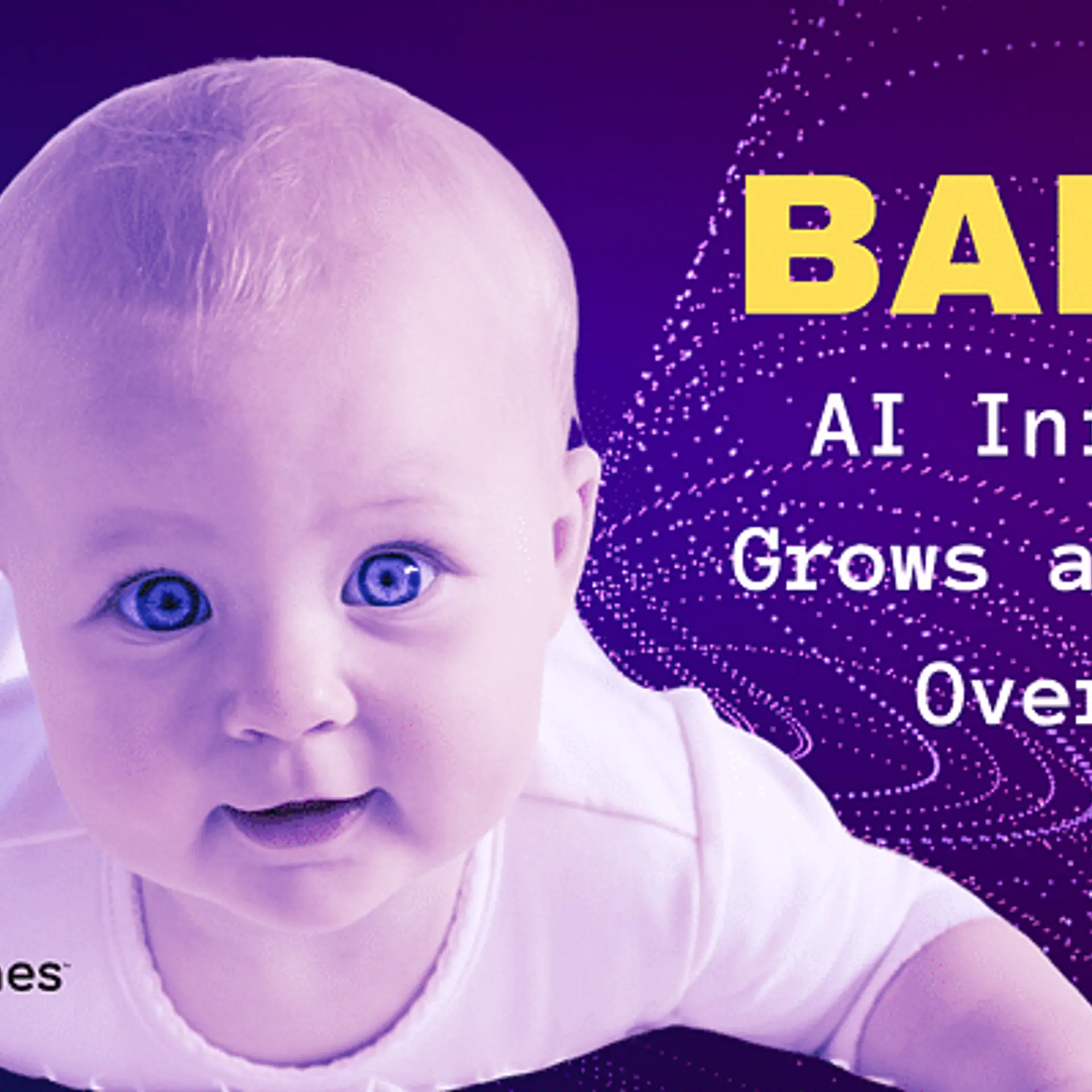[YS Learn] From helping diabetic patients to managing chronic illness: the journey of BeatO’s AI platform
The minimum viable product (MVP) plays a vital role in understanding customer needs. It also gives investors a sense of what the product can achieve with scale. But, it is important to build the MVP frugally. Here's how BeatO, the Delhi-based healthcare startup, did it.
Being diabetic themselves, Yash Sehgal and Gautam Chopra realised the need for a platform that could give them the insights and information on how well they could manage their blood sugar levels.
The duo had an initial hypothesis: for people who monitor their sugar levels — a personalised interpretation of their sugar level readings, along with a real-time intervention — would be very useful in making a positive impact in their blood glucose values.
This led them to start the full-stack healthtech platform BeatO in 2015, which provides information and products for diabetes management. With a focus on chronic illness management in India, the startup has over 100,000 users on its platform, adding close to 10,0000 users each month.
BeatO provides diabetic patients with a smartphone glucometer and app, which connects them with in-house specialists, helps share and analyse readings, track fitness levels, and manage diet with a range of diabetic-friendly food products. platform has now evolved to track chronic illnesses as well.

Start small
In the beginning, the co-founders focussed on their hypothesis and made a simple app, where users could manually fill in their readings. If the readings were beyond the appropriate range, the in-house specialist (diabetes educators) would immediately assist a call to provide insights to the user.
“We were happy with the initial user engagement and feedback. We received appreciation for these interventions when it was of the utmost importance. However, there was other learning that we felt was needed in the process to make the product more appealing to our users,” says Gautam.
Firstly, they needed to solve the problem of data acquisition as most users did not want to feed the data in manually. The startup solved this successfully through its smartphone-connected glucometer device.
“Secondly, while diabetes educators could call people, we needed a more intelligent system to triage users, and provide more contextualised, personalised actions. This overtime gave birth to HealthNeuron — BeatO’s AI engine,” explains Gautam.
Keep evolving
The co-founder explains that the product has to be ever-evolving. As more customers started using the startup’s platform, several rich insights started to come in, many of which were built into the product. BeatO’s product team works very closely with the customer experience team to understand various areas of improvement, as well as areas of further product evolution.
“By having our ears close to the ground and seeking active feedback and response from our users, we introduce features based on data and the rich insights we gather. There is a balance in the thought process that founders need to strike. As an MVP, it should focus on learning about consumer’s interest in the product rather than in earnings. Also, at times, there is a tendency to add many features, thereby losing sight of the core value – this can lead to over-investment by an already capital-starved startup,” explains Gautam.
Be nimble and look at data
BeatO co-founders, fairly early into the operations, also concluded that the performance of their product will be based on the data and user feedback.
“However, to improve and commercialise the product, at times, it may take more time than one envisages. For this, we now try to evaluate what is the effort versus the impact the product will have in the short, mid, or long term, and then decide how we wish to include the product evolution in our pipeline,” says Gautam.
Keep the focus sharp
According to Gautam, the team at BeatO focusses on two things —
- Opportunity arising out of a new or evolving market situation: For example, the COVID-19 pandemic has provided a unique opportunity for the startup to launch its Virtual Endocrine Clinic, as well as its Diabetes Total Insurance Subscription feature, as both became critical user needs overnight.
- An outcome of what data tells us: For example, BeatO realised that people responded favourably to compliance-based rewards. In fact, it built this feature, where it demonstrates a great relationship with health economics and health outcomes.
Focus on tech, but not over consumer needs
For any startup, during the MVP phase, having a significant focus on learning and observing customers’ actual behaviour with the product is more important than the tech architecture.
The core architecture of the system should be built around the primary offering and should be flexible enough to evolve as new offerings are in place, Gautam says.
If a Chief Product Officer (CFO) is confident that an MVP needs to be commercialised, having a solid core team that drives the tech architecture, early team hiring, and optimising costs can be paramount.
“The simplest way to manage the architecture is to build small, but think big. This will make the system future-ready, and will always have the possibility of enhancements to be added when the time comes,” he adds.
Advising CPOs, Gautam says, “Try getting to the root of the real problem that your product has to solve.”
Edited by Suman Singh


![[YS Learn] From helping diabetic patients to managing chronic illness: the journey of BeatO’s AI platform](https://images.yourstory.com/cs/2/a9efa9c02dd911e9adc52d913c55075e/Image3z56-1601990431618.jpg?mode=crop&crop=faces&ar=2%3A1&format=auto&w=1920&q=75)
![[YS Learn] From co-founders turning security guards to reaching 2 million homes, the MVP journey of MyGate](https://images.yourstory.com/cs/2/a9efa9c02dd911e9adc52d913c55075e/Image0es8-1601382245549.jpg?fm=png&auto=format&h=100&w=100&crop=entropy&fit=crop)
![[YS Learn] Here’s how founders can master business strategy with five top moves](https://images.yourstory.com/cs/1/3ea3c5e0fcfc11ea95e90fe83c533fc0/mobile-app-development-company-in-dubai-1600797724342.jpg?fm=png&auto=format&h=100&w=100&crop=entropy&fit=crop)




